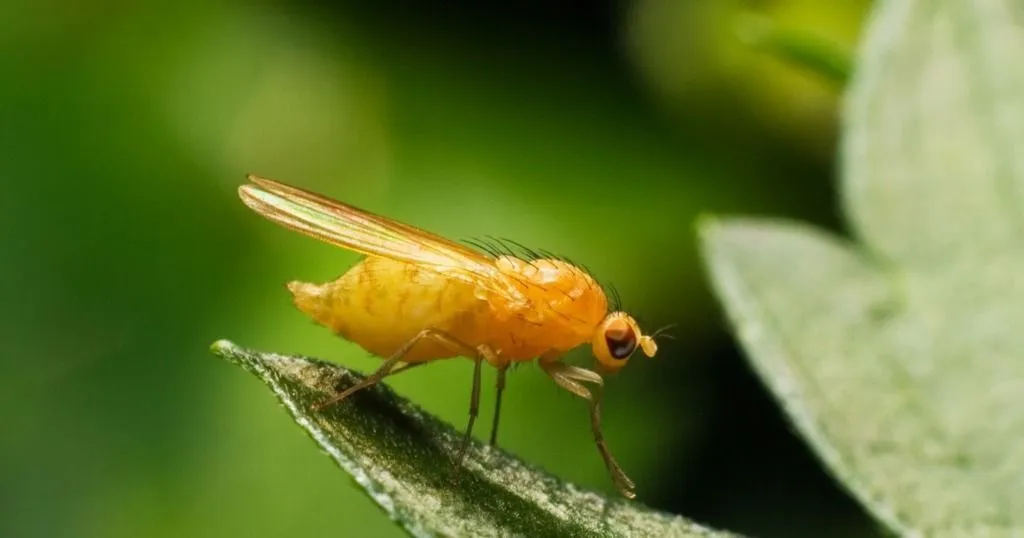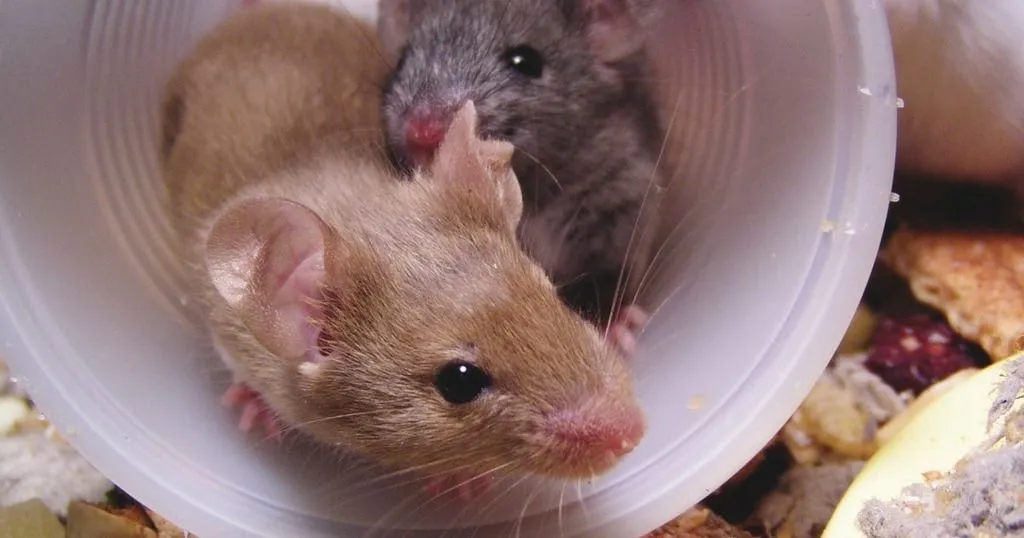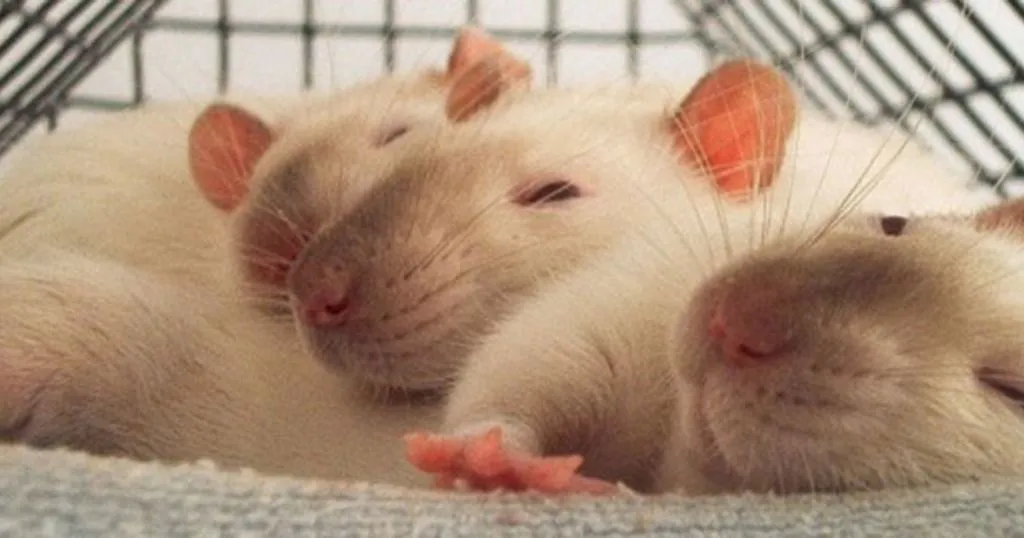How autistic fruit flies behave
The number of children diagnosed with developmental disorders has increased exponentially in the past 20 yearschemicals such as BPA have been under investigation lately.
Posted by
Published on
Thu 26 Feb. 2015
Topics
| Autism | Drosophila | EthoVision XT | Video Tracking |

The number of children with developmental disorders such as autism spectrum disorder (ASD) and attention-deficit hyperactivity disorder (ADHD) has increased exponentially in the past 20 years: one out of six children in the US now suffers from a developmental disability. Of course some might say this sharp incline is due to better diagnostics and increased awareness; but whether or not this is the case, such a high prevalence is concerning. And since the environment is considered a strong contributor, chemicals such as BPA have been under investigation lately.
BPA and developmental disorders
BPA (bisphenol A) is a chemical used in plastic containers and the lining of food and beverage cans, meaning that a lot of us are exposed to it on a daily basis. BPA has been suggested to play a role in developmental disorders such as ASD. Thousands of studies have investigated the effects of BPA on rats, mice, monkeys, and zebrafish. Far fewer studies have been done with Drosophila melanogaster, which, according to Kulbir Kaur and colleagues, is a shame.
Autistic fruit flies
Drosophila melanogaster, or fruit flies, have little in common with humans…right? Surprisingly, many fruit fly genes are similar to human genes for normal cognitive functions. They exhibit complex behaviors relevant to humans. In addition, they are easy to maintain and reproduce quickly and in large numbers, giving them a significant advantage over rats and mice in research studies. In this study, Kaur et al. combined several behavioral assays evaluating autism-related impairments to examine the effects of BPA and evaluate the fruit fly as a model for developmental disorders.
Altered movement patterns
Fruit fly behavior was monitored with EthoVision XT, tracking the center point of the fly for 5 minutes and monitoring mobility according to pixel changes in the video image. Fruit flies that were exposed to BPA early on in life displayed disturbances in locomotion patterns that may relate to the decision-making and motivational state of the animal. BPA treated flies showed no difference in walking speed (velocity) or movement. Interestingly, the distance traveled was lower due to BPA.
Clean as a fly
The monitored changes on pixel level revealed that the small body movements (while the fly was staying in place) were increased in the BPA treatment group. When scoring grooming episodes from the same video recordings later, researchers could correlate these repetitive movements with an increase in grooming in the BPA flies.
Poor decision making
In their natural environment, flies constantly change direction in response to external cues such as food availability and predation risks. To quantify these behaviors, turn angle, angular velocity, and meander were used to assess change in direction and tortuosity. A small turn angle, for example, can indicate the immediate decision of a fly to change direction in response to something that it noticed in the environment. BPA treatment increased this angle, indicating a reduced ability of the fly to process and respond to changes in the environment. The authors draw a parallel here to the difficulty that ASD patients have in decision-making. BPA flies also showed more meandering, indicating they constantly reoriented themselves.
Personal space
Flies have a normal social space of about two body lengths, just like many other animals. Previous studies have shown that social isolation has a number of consequences for fruit flies, such as a decrease in their functional equivalent of the hippocampus (the mushroom bodies) and an increase in aggression. Hence, social behavior is recognized to be an important part of their everyday behavior. Kaur et al. found that BPA-exposed flies did not seem to care for personal space, clustering close together instead of maintaining a respectable social distance.
The model fly
With this research, Kaur and his colleagues both demonstrated some of the negative effects of BPA and argue the practically and validity of using fruit flies as an alternative model organism to rodents in the investigation of developmental disorders with a strong behavioral component.
Reference
Kaur, K.; Simon, A.; Chauhan, V.; Chauhan, A. (2015). Effect of bisphenol A on Drosophila melanogaster behavior – a new model for the studies of neurodevelopmental disorders. Behavioural Brain Research, article in press, doi: 10.1016/j.bbr.2015.02.001.
Read more about the fruit fly as a research model in this blog post.
Related Posts

How males and females are different: can this explain autism?

The search for autism models continues - why rats are important

